As the space tourism industry gains momentum, concerns over safety have come into focus. Virgin Galactic Holdings, led by entrepreneur Richard Branson, recently reported an incident involving the detachment of an alignment pin from its VMS Eve carrier jet. While the company assures the public of safety, the incident raises questions about the reliability of commercial space travel.
The Incident & Assurance of Safety
Virgin Galactic notified the Federal Aviation Administration (FAA) of the detachment of an alignment pin during post-flight reviews. The issue was discovered and reported promptly, showcasing the company's commitment to transparency and safety protocols. Despite the detachment, Virgin Galactic emphasized that the incident did not pose a safety risk to the vehicles or crew onboard.
In its statement, Virgin Galactic reassured stakeholders that the detached alignment pin did not result in any damage to the spaceship or the mothership, named "Galactic 06." The successful completion of the flight, labeled as "safe and successful" by the company, underscores its confidence in the resilience of its spacecraft and operational procedures.
Ongoing Review & Implications for Space Tourism
While the immediate impact of the alignment pin detachment appears minimal, Virgin Galactic acknowledges the importance of a thorough review process. The company plans to provide further updates upon the completion of its investigation. This commitment to analysis and improvement demonstrates a proactive approach to ensuring the safety and reliability of future flights.
The incident raises broader questions about the safety of space tourism ventures. As companies like Virgin Galactic strive to make space travel accessible to civilians, maintaining high safety standards is paramount. While setbacks are inevitable in any pioneering industry, effective risk management and transparent communication are essential in building public trust.
Conclusion
Virgin Galactic's report of an alignment pin detachment serves as a reminder of the inherent challenges in commercial space travel. While the incident did not compromise safety, it highlights the need for continuous vigilance and improvement within the industry. As space tourism evolves, ensuring the safety of passengers and crew will remain a top priority for companies like Virgin Galactic.
With Inputs from Reuters
Read next
The debate over raising the mandatory retirement age for airline pilots in the United States has reignited as lawmakers consider potential changes to aviation legislation. With the Senate Commerce Committee eyeing a hearing to discuss the matter, stakeholders are grappling with questions of safety, experience, and international standards.
FAA Calls for Research & Senate Committee's Stance
In a letter to Congress, FAA Administrator Mike Whitaker emphasized the need for thorough research before raising the retirement age from 65 to 67. Whitaker stressed the importance of prioritizing safety and scientific analysis to mitigate any potential risks associated with extending pilots' careers.
Senator Maria Cantwell, chair of the Senate Commerce Committee, echoed the FAA's cautious approach, emphasizing the paramount importance of aviation safety. Cantwell emphasized that any decision regarding the retirement age should be based on comprehensive research and safety analysis, rather than shortcuts.
House Vote and FAA Position
The U.S. House previously voted in favor of a measure to raise the retirement age, but Whitaker's letter underscored the necessity of preceding such changes with appropriate research. Transportation Secretary Pete Buttigieg also cautioned against raising the age without sufficient data, noting potential consequences for U.S. air carriers and the misalignment with international standards.
Stakeholder Perspectives & International Considerations
The Air Line Pilots Association opposes raising the retirement age, citing concerns about airline scheduling, pilot training, and contractual implications. Conversely, the Regional Airline Association supports the age hike, arguing that it allows for the retention of experienced captains who can mentor new pilots and stabilize attrition rates.
While the debate centers on U.S. regulations, it's crucial to consider international rules, which generally prohibit pilots over 65 from flying in most countries. Any decision to extend the retirement age would need to navigate these international standards and their implications for U.S. pilots operating abroad.
Resolution of Prior Issues
The Senate bill addressing the retirement age was previously entangled in disputes over pilot training requirements stemming from the Colgan Air Flight 3407 crash in 2009. With indications that these issues have been resolved, the focus can now shift to the retirement age debate.
Conclusion
As Congress considers potential changes to aviation legislation, the question of raising the pilot retirement age looms large. With safety at the forefront, stakeholders must balance the benefits of retaining experienced pilots with the need for thorough research and adherence to international standards. The upcoming Senate hearing provides an opportunity for further deliberation on this critical issue.
With Inputs from Reuters
Read next
Alliance Air, the regional carrier of India, finds itself in the spotlight once again as the country's interim 2024 budget reveals significant financial support earmarked for its operations. With a staggering INR11.6 billion Indian rupees (USD139.5 million) allocated for the fiscal year spanning from April 2024 to March 2025, the carrier could see a much-needed injection of funds to navigate through turbulent times.
A Closer Look at the Budget Allocation
The government's allocation of funds, channeled through Air India Asset Holding Limited (AIAHL), signals a concerted effort to bolster Alliance Air's financial standing. This follows an additional INR6 billion (USD72.3 million) infusion in the revised budget for the current financial year, underscoring a commitment to support the carrier amidst its privatization process.
Addressing Debt Burdens and Operational Challenges
Alliance Air's utilization of the budget is earmarked for debt reduction, a crucial step as the carrier grapples with financial liabilities accumulated over time. Reports indicate debts amounting to IND833 million (USD11 million), highlighting the pressing need for financial restructuring.
Since its separation from Air India in April 2022, Alliance Air has carved a niche for itself by enhancing connectivity to tier II and tier III destinations across India. However, heavy losses have necessitated reliance on government equity injections to sustain operations. The carrier reported losses of INR4.47 billion (USD54.4 million) for the fiscal year ending March 31, 2022, underlining the financial challenges it faces.
Fleet Expansion and Operational Strategies
Despite financial setbacks, Alliance Air maintains an ambitious fleet comprising two ATR42-600s, eighteen ATR72-600s, and one Do228-200, with plans for a second Dornier STOL turboprop on the horizon. Leasing arrangements with prominent firms such as Abelo Capital Aviation, Avation, DAE Capital, and TrueNoord facilitate fleet expansion and operational flexibility.
Key Role in India's Connectivity Initiatives
Notably, Alliance Air plays a pivotal role in India's Ude Desh Ka Aam Nagrik (UDAN) connectivity scheme, operating approximately 60 daily flights. The scheme, aimed at enhancing regional connectivity, received a boost with an allocation of INR5 billion (USD67.1 million) in the April 2024-March 2025 budget, further underscoring the government's commitment to bolstering aviation infrastructure.
Looking Ahead: Challenges and Opportunities
As Alliance Air navigates through financial turbulence, the infusion of government support offers a lifeline for the carrier to stabilize its operations and pursue strategic objectives. However, challenges persist, including debt restructuring, operational efficiency, and the evolving competitive landscape. With prudent financial management and strategic foresight, Alliance Air aims to leverage its regional connectivity mandate to emerge stronger in India's dynamic aviation sector.
With Inputs from ch-aviation
Read next
One of the standout performers in Embraer's fleet is its E-Jet variants, particularly the E2 group, which witnessed a remarkable doubling of orders from 19 to 39 in 2023. This surge in demand underscores the industry's confidence in Embraer's cutting-edge technology and exceptional performance. With a backlog value of approximately $8.8 billion and a total of 298 orders, the E2 group remains a pivotal driver of Embraer's growth trajectory.
Key Partnerships and Contributions
Toronto-based Porter Airlines emerges as a crucial contributor to Embraer's success, with a firm order for 25 E195-E2 aircraft and an existing order of 50, solidifying a mutually beneficial partnership. Such collaborations underscore Embraer's ability to cater to diverse market needs while fostering strategic alliances to fuel growth.
Expanding Market Reach and Diversification
Embraer's success extends beyond commercial aviation, with a notable presence in defense and security sectors. The C-390 Millennium's victory in South Korea's tender for new military aircraft marks a significant milestone, further expanding Embraer's global footprint. With orders from Austria, the Netherlands, and the Czech Republic, Embraer's defense offerings continue to garner international recognition and trust.
Rising Popularity and Versatility
Embraer's aircraft, including the E170, E175, E190, and E195, are gaining prominence in the aviation landscape, competing vigorously with industry giants like Airbus and Boeing. Notably, carriers such as Azul Brazilian Airlines, Tianjin Airlines, Austrian Airlines, and LOT Polish Airlines are embracing Embraer's aircraft for their versatility and operational efficiency. The ability to serve unique routes and cater to varying demand underscores Embraer's commitment to innovation and customer-centric solutions.
Conclusion
Embraer's remarkable performance in 2023 reflects its unwavering commitment to excellence, innovation, and customer satisfaction. With record deliveries, a burgeoning backlog, and strategic partnerships, Embraer is poised to maintain its position as a leader in the global aviation industry. As demand continues to soar and new opportunities emerge, Embraer remains at the forefront, shaping the future of flight with its pioneering solutions and unwavering dedication to excellence.
Read next
Significant airlines banded together in the late 1990s and into 2000 to launch three alliances. These alliances — Oneworld, SkyTeam, and Star Alliance — were designed to offer travelers seamless travel between partners, elite status perks across the coalition, and expanded options for earning and redeeming miles.
Oneworld was unveiled by its founding members, American Airlines, British Airways, Canadian Airlines International, Cathay Pacific, and Qantas at a press conference in London, United Kingdom, on 21 September 1998. Oneworld was officially launched and became operational on 1 February 1999. Ahead of the official launch, the alliance embarked on an extensive employee communications and training program involving virtually all of the 220,000 staff employed by the five-member airlines to ensure they could deliver what the alliance brand promised. At its launch in 1999, Oneworld's member airlines and their affiliates served 648 destinations in 139 countries and carried 181 million passengers with a fleet of 1,577 aircraft.
As of March 2020, its member airlines collectively operate a fleet of 3,296 aircraft, serve about 1,000 airports in 170 countries, carrying over 490 million passengers per year on 13,000 plus daily departures. It is the third-largest global airline alliance for passengers carried, behind SkyTeam (676M in 2019) and Star Alliance (762M in 2019).
Since its inception in 1999, the Oneworld alliance has revolutionized the air travel industry, offering passengers unparalleled connectivity, flexibility, and rewards. As it marks its 25th anniversary, oneworld proudly reflects on its achievements and looks ahead to a future of continued innovation and excellence.
A Global Network of Excellence
Comprised of some of the world's top airlines, including founding members American Airlines, British Airways, Cathay Pacific, and Qantas, oneworld has encompassed 13 leading carriers, 26 affiliate airlines, and a connected partner. With Oman Air set to join in 2024, the alliance is poised to expand its global reach and service offerings further.
- Alaska Airlines
- American Airlines
- British Airways
- Cathay Pacific
- Finnair
- Iberia
- Japan Airlines
- Malaysia Airlines
- Qantas
- Qatar Airways
- Royal Air Maroc
- Royal Jordanian
- SriLankan Airlines
New CEO
The oneworld® alliance today named airline industry veteran Nathaniel (Nat) Pieper as its new CEO. Pieper, who is currently senior vice president of fleet, finance, and alliances at Oneworld member Alaska Airlines, will join the alliance in his new role on 01 April 2024.
As CEO, Pieper will lead Oneworld through its 25th anniversary celebration year and focus on strengthening the alliance between its partners to provide customers an exceptional and seamless travel experience worldwide. In his current position at Alaska Airlines, Pieper orchestrated the airline’s entrance into Oneworld, executed aircraft transactions valued over $9 billion, and secured access to $5 billion in liquidity to ensure Alaska's viability through the pandemic. Previously, Pieper held executive positions at Delta Air Lines and Northwest Airlines, overseeing international, strategic, alliance, and financial functions.
Unrivaled Connectivity and Benefits
With over 900 destinations worldwide and over 600 premium airport lounges, oneworld provides customers unparalleled access and comfort throughout their journey. Whether it's additional baggage allowances, fast-track security lanes, or the ability to earn and redeem miles across the network, oneworld ensures that passengers enjoy a seamless and rewarding travel experience.
Setting Standards in Customer Excellence
At the heart of Oneworld's success are its dedicated airline professionals who work tirelessly to deliver smooth and memorable travel experiences for millions of customers worldwide. From ground staff to cabin crew, the Oneworld team is committed to upholding the highest standards of service and hospitality.
Celebrating Diversity and Inclusivity
With a presence in over 170 territories, oneworld celebrates the rich tapestry of cultures and traditions represented by its member airlines. Through its commitment to diversity, uniqueness, and inclusivity, oneworld ensures that every customer feels welcomed and valued throughout their journey.
Innovating for the Future
As it looks towards the next 25 years, oneworld remains committed to setting new standards in customer experience, innovation, and collaboration. From launching its Travel Bright campaign to opening its first branded lounge in Seoul, South Korea, oneworld continues to push the boundaries of what is possible in the air travel industry.
A Commitment to Sustainability
In January 2024, oneworld reaffirmed its commitment to sustainability by becoming the first airline alliance to join IATA CO2 Connect. By contributing operational data to the aviation authority's emissions calculator, oneworld is taking proactive steps to reduce its carbon footprint and promote environmentally friendly practices across the industry.
Conclusion
As Oneworld embarks on its next chapter, it remains dedicated to providing exceptional travel experiences for millions of customers around the globe. With its unwavering commitment to excellence, innovation, and sustainability, oneworld sets the standard for air travel in the 21st century.
Read next
In a challenging twist for Qantas, its subsidiary Network Aviation is heading to the Fair Work Commission seeking arbitration in a prolonged pay-related dispute with its pilots in Western Australia. The situation has escalated to a point where the pilots, represented by major workers unions, are set to strike for 24 hours this week.
Background
Network Aviation, specializing in charter operations for the resources sector, has been entangled in unsuccessful negotiations with its pilots for the past 18 months. Despite two previous rejections of proposed agreements, the airline faces another hurdle as its pilots plan industrial action amid the pursuit of arbitration.
Failed Negotiations and Union Representation
The pay-related dispute involves Network Aviation pilots represented by three significant workers unions—Australian Federation of Airline Pilots (AFAP), Australian and International Pilots Association (AIPA), and Transport Workers Union (TWU). Despite union backing for the proposed agreements, the pilots have rejected them, leading to a standstill in negotiations.
Arbitration Application
Qantas' move to seek arbitration through the Fair Work Commission comes as a response to the pilots' rejection of the most recent proposed agreements. Network Aviation's spokesperson expressed disappointment at the union's decision to take industrial action despite the airline's intention to involve the commission in resolving the deadlock.
Pilots' Rejection and Demands
The third proposed agreement, which offered pay increases exceeding 25% along with new allowances for pilots, was voted down by approximately 57% of the pilots. The rejection highlights the depth of dissatisfaction among the pilot community and raises questions about their specific concerns and demands.
Implications for Qantas and Network Aviation
The ongoing dispute poses potential challenges for Qantas and its subsidiary, affecting operations and the overall reputation of the airline. The decision to seek arbitration indicates a desire for an impartial resolution, but the 24-hour strike and the pilots' repeated rejections suggest a more complex underlying issue that needs careful consideration.
Conclusion
As Network Aviation takes its dispute to the Fair Work Commission, the aviation industry and Qantas, in particular, find themselves at a critical juncture. The resolution of this pay-related disagreement will not only impact the subsidiary's relationship with its pilots but also reflect on Qantas' ability to navigate labor challenges within its broader operations. The coming weeks will reveal whether the wings of Network Aviation will soar to resolution or face further turbulence in this complex negotiation process.
With Inputs from Reuters

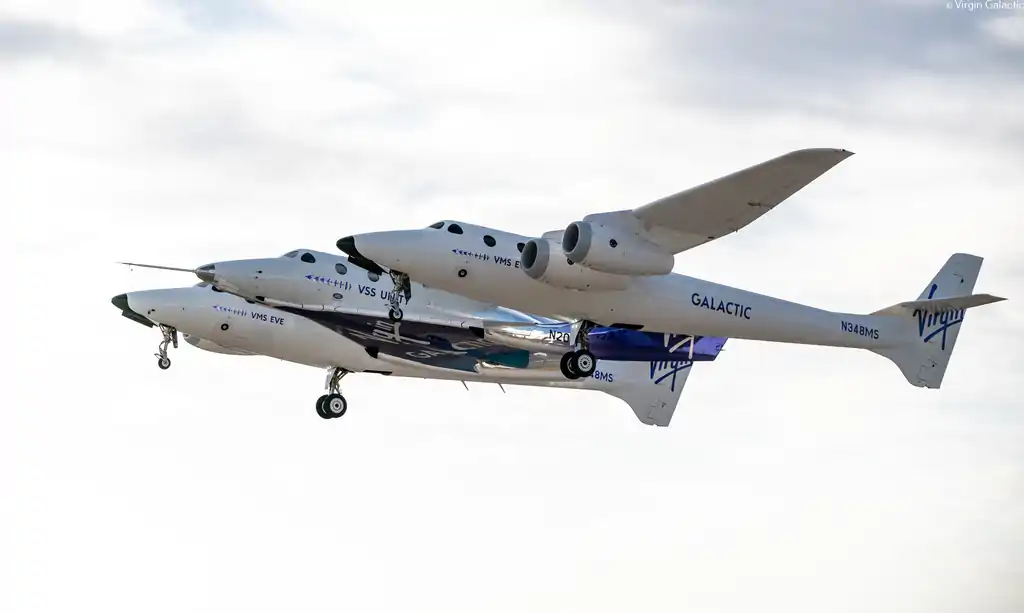
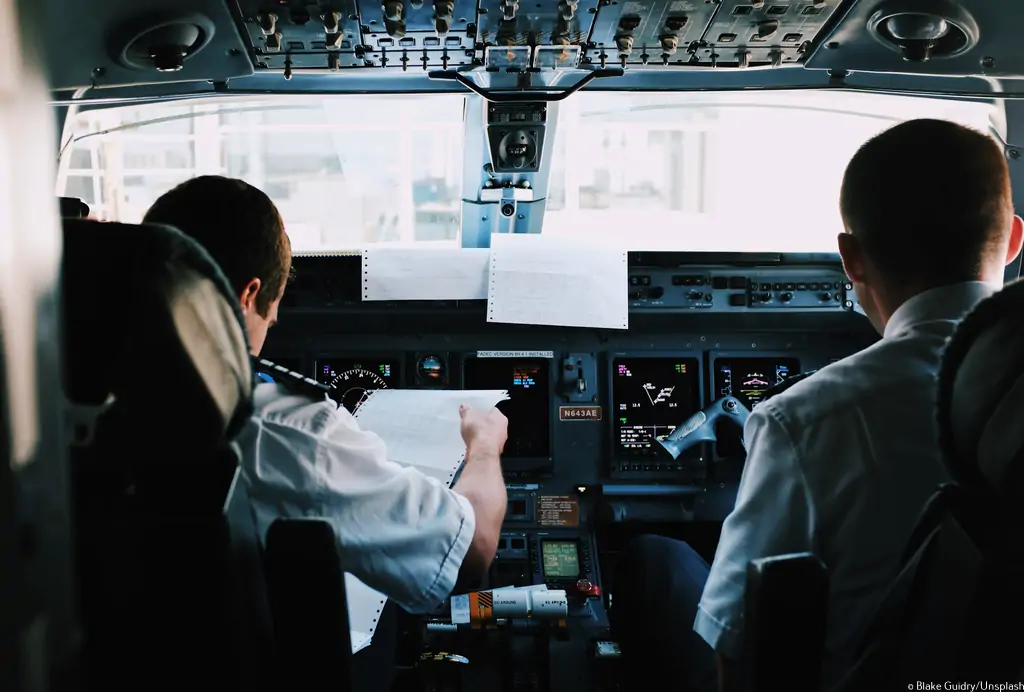
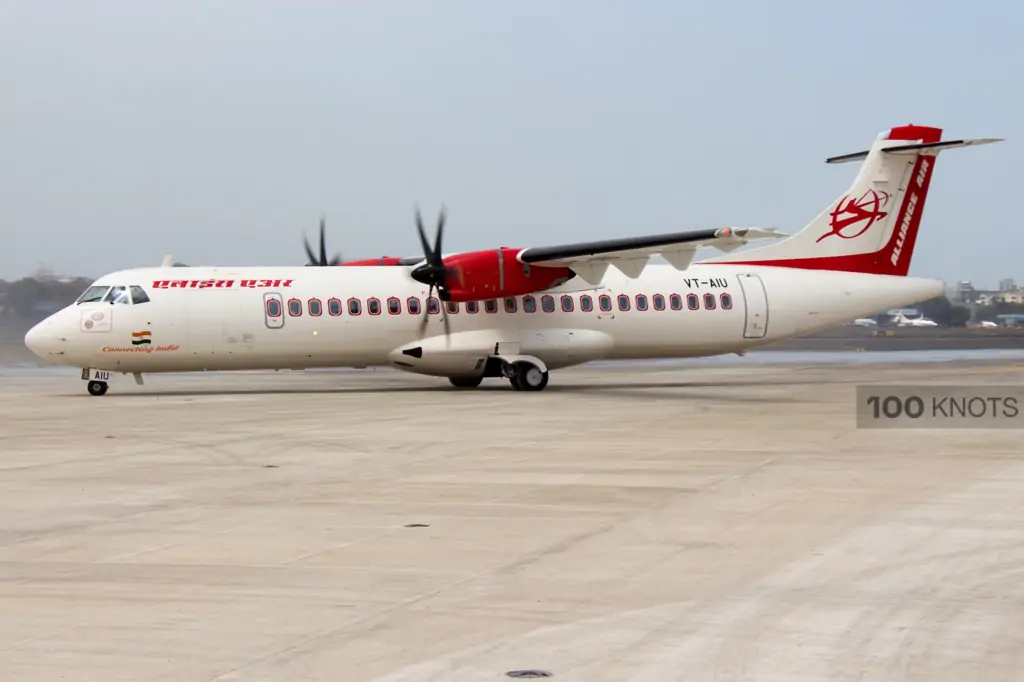
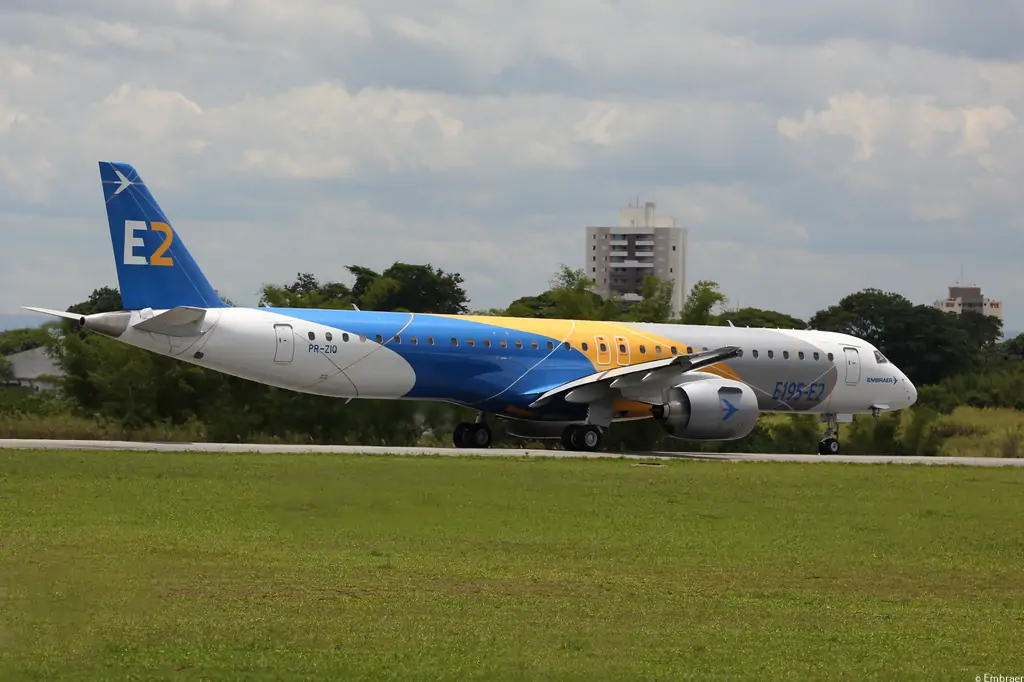
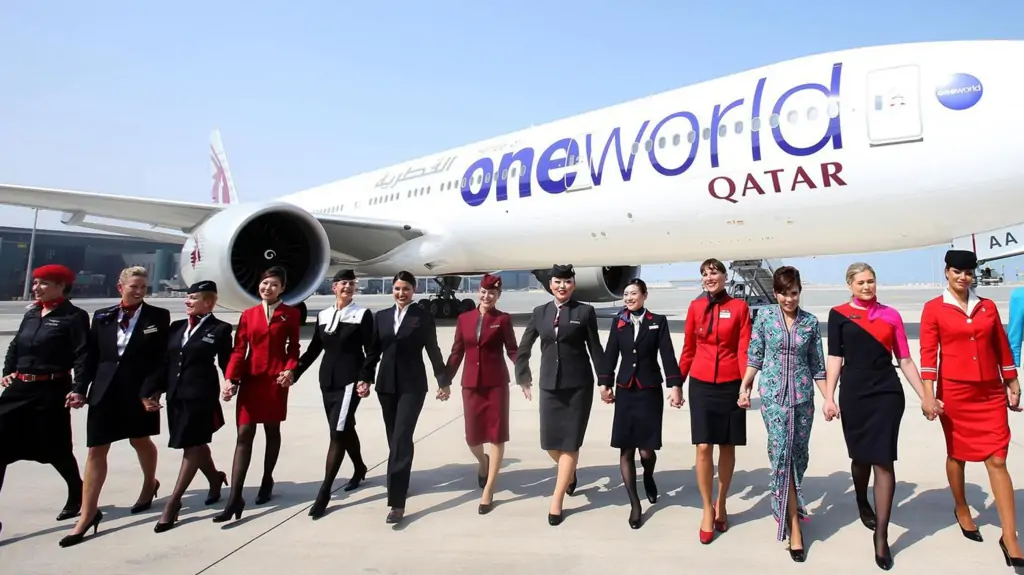
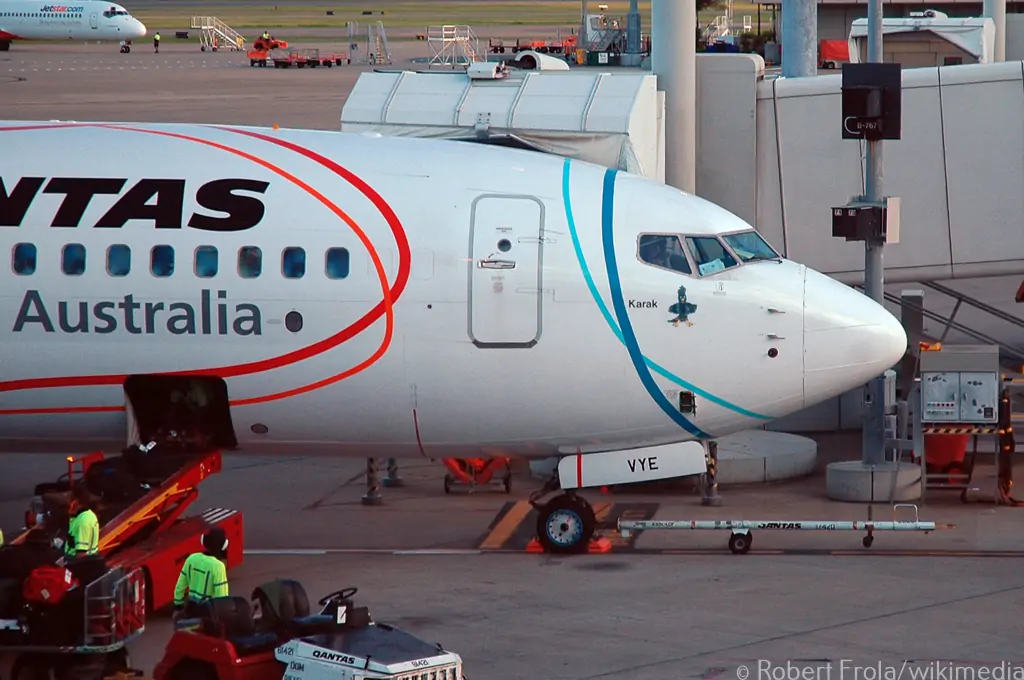
Comment